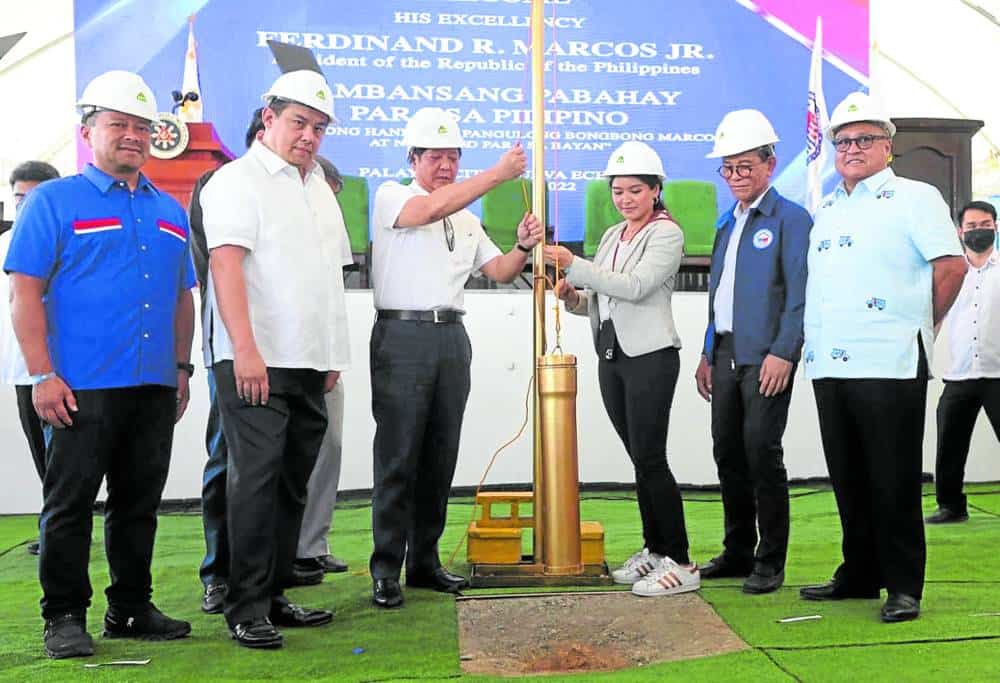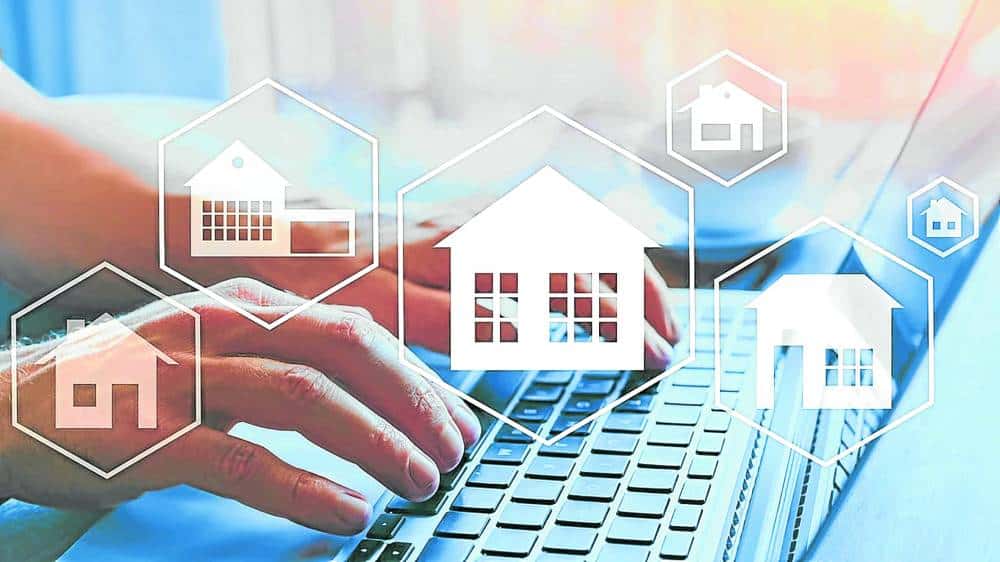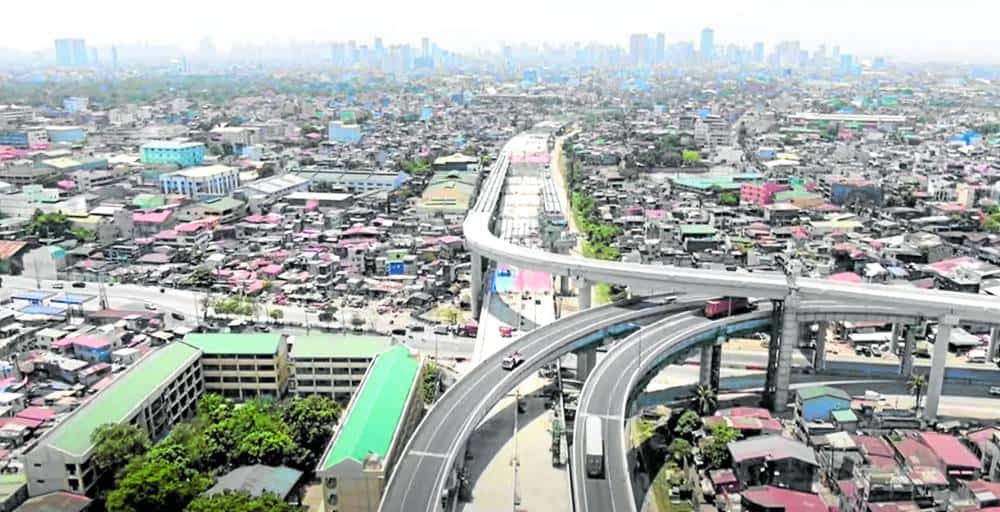
The real estate industry remains to be a strong contributor of growth for the Philippine economy even in the midst of the pandemic. Despite the unprecedented challenges posed by this health crisis, the industry has mostly managed to remain resilient as property developers were able to innovate and adapt to the changing times.
Today, the industry is well on its way to recovery, as evident in the continued project launches and rising property prices. Latest data from the Bangko Sentral ng Pilipinas (BSP) showed that nationwide residential real estate prices rose by 6.5 percent in the third quarter compared to the same period in 2021 due to continued increases in the prices of duplex housing, condominiums and single detached/attached houses. For Metro Manila alone, housing prices grew 17.5 percent, according to BSP.
Strong partnership
The government, too, actively participates in this resilient industry through the national socialized housing projects.
Given the strong partnership between the government and private developers, the housing sector produced and financed more than 1.07 million housing units from 2016 to 2021, or an average of 195,687 per year, which is the highest among the previous administrations since 1975.
In keeping with its mandate of providing Filipino families, especially the underserved that includes indigenous peoples (IPs), access to decent, sustainable and resilient housing communities nationwide, the Department of Human Settlements and Urban Development (DHSUD) continued to roll out more shelter projects for IPs.

Addressing the backlog
In November, the DHSUD has begun implementing Pambansang Pabahay Para sa Pilipino—the ambitious flagship housing program of the Marcos administration. The program targets to address the country’s growing housing backlog and aims to benefit at least six million families nationwide.
The housing agency is currently working on the program with state pension fund Government Service Insurance System (GSIS), Home Development Mutual Fund (Pag-Ibig Fund), Social Security System, Land Bank of the Philippines, and Development Bank of the Philippines. Pag-Ibig Fund has allotted P250 billion to fund the project.
Pag-IBIG, for its part, continues to support the industry through its numerous responsive programs and services that make it easier for many Filipinos to acquire a decent, quality home they can call their own. As of the end of October, home loan payments to Pag-IBIG grew 30 percent to P57.58 billion compared to a year ago—a record high in terms of home loan payments collected by the agency over a 10-month period.
The DHSUD also unveiled this year the Philippine Development Plan and the National Housing and Urban Development Sector Plan 2040, a 20-year roadmap that “envisions better, greener and smarter human settlements and urban systems”. It will provide a continuity plan for housing programs for the next three administrations, involving short-, medium-, and long-term projects.

Infrastructure
Also contributing to the growth of the real estate industry are the big-ticket infrastructure projects, which boost not only connectivity among provinces but also property prices and land values. Key projects such as the MRT 7, Central Luzon Link Expressway (CLLEX), NLEx-SLEx Connector Road, New Manila International Airport, among many others, are expected to significantly add value for the industry.
Sources: Inquirer Archives, Statista, psa.gov.ph, crownasia.com, pagibigfund.gov.ph, dhsud.gov.ph, pna.gov.ph
If you like this article, share it on social media by clicking any of the icons below.
Or in case you haven’t subscribed yet to our newsletter, please click SUBSCRIBE so you won’t miss the daily real estate news updates delivered right to your Inbox.
The article was originally published in Inquirer.NET and written by Angelika Ortega.







More Stories
Vista Land Celebrates 50 Years with Sandiwa: An Event Honoring Leadership, Legacy, and the Filipino Dream of Homeownership
Vista Land Celebrates Love Month in Ilocos Region
Vista Land Bridges Cebuano Heritage and Progress with Valencia by Vista Estates